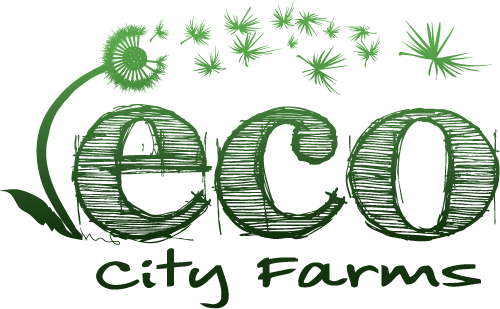Food Day 2021 Sustainable Agriculture
Challenge Takeaways: Support sustainable and organic farming, reduce greenhouse gas emissions, reduce food waste
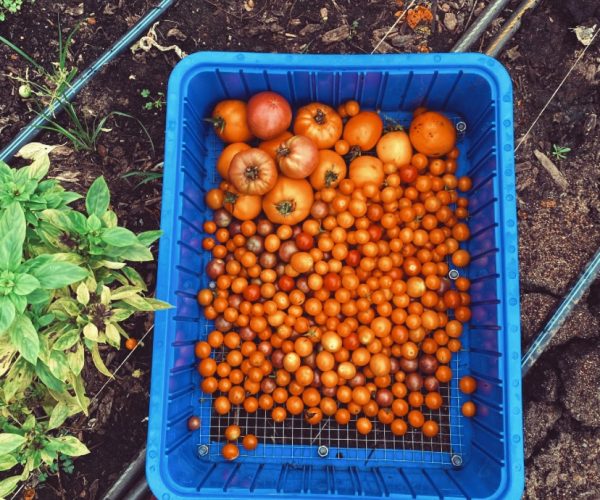
You’ve probably heard of the term sustainability before. In the context of the environment, this means using our natural resources in a way that leaves enough for future generations to be supported, and for Earth’s ecosystems to sustain those future generations. Our current actions and policies determine what resources will be left for the future generations to come, and the current climate crisis we face makes every decision count.
“Of the $16 billion a year allocated to federal farm subsidy programs, 74 percent of that fund goes to large agri-businesses that contribute to poor health and severe environmental degradation.”
With the world population anticipated to increase by 2.2 billion by 2050, farmers worldwide will need to grow about 70% more food than what is currently produced in order to meet demand. The challenge comes with doing so in a way that reduces the consumption of water, land, and fossil fuels to reduce anthropogenic contributions to climate change. Currently, global food systems account for more than ⅓ of greenhouse gas emissions (carbon dioxide, methane) into the atmosphere, which trap heat and warm the planet. While one tree can absorb up to 48 pounds of carbon dioxide in a year, approximately half of the habitable land on our planet is used for agriculture, which often involves turning biodiverse ecosystems into streamlined farmland. Intensified agriculture and monocrop farming also degrades soil quality, which affects agricultural yields and productivity as well as the nutrition quality of food grown on it.
When it comes to agriculture, we can utilize the available knowledge and technology to minimize damage to our natural resources, even working to regenerate the land we use to cultivate food. Cover crops can improve soil structure and quality, as can rotating the placement of crops each growing season. Applying compost to soil is also beneficial as it delivers nutrients that fuel plant growth and restore vitality to depleted soil. ECO City Farms embraces sustainable growing practices by using cover crops, compost, no till, and crop rotation to build and maintain healthy soil and promote biodiversity. Additionally, our produce is Certified Naturally Grown by fellow farmers who have established an international grassroots alternative to the USDA Certified Organic Program. To learn more about regenerative agriculture practices, explore this resource from Kiss the Ground, which is also a documentary on Netflix.
Bingo action items
1. explore the dirty dozen and clean fifteen
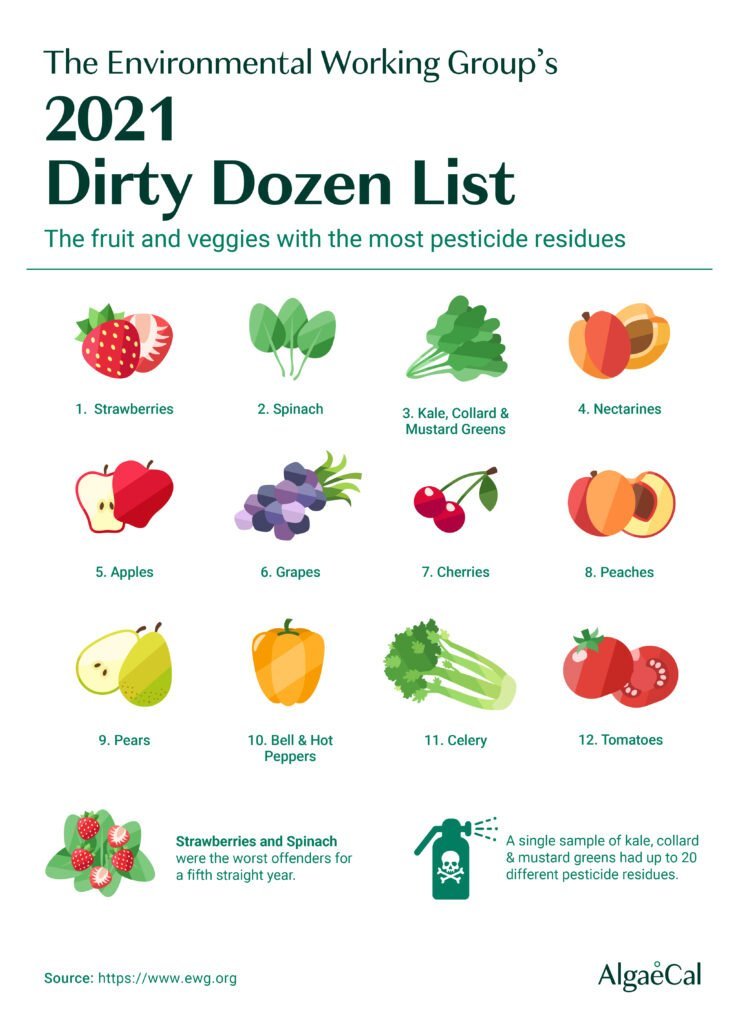
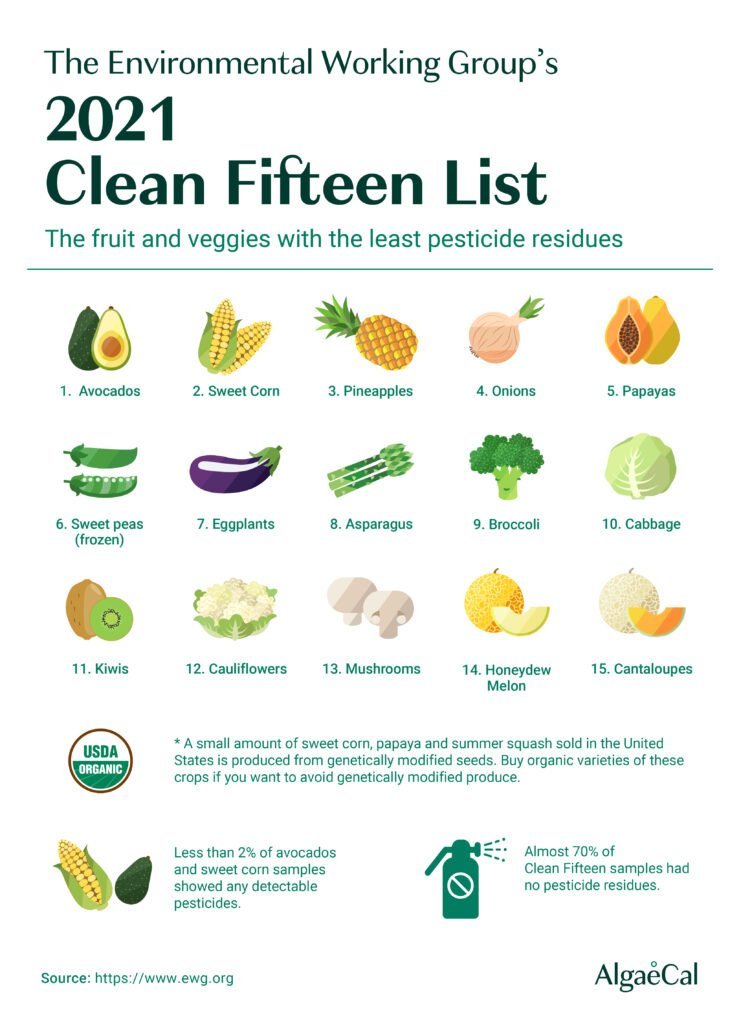
The EWG’s Shopper’s Guide to Pesticides in Produce™ (aka Dirty Dozen and Clean Fifteen) ranks pesticide contamination on 47 popular fruits and vegetables. The guide is based on results of more than 35,200 samples tested by the U.S. Department of Agriculture and the Food and Drug Administration and is updated each year.
Why choose to buy organic?
Foods that are USDA certified organic are grown and processed according to federal guidelines that address many factors, such as soil quality, animal care, pest and weed control, and the use of food additives. Organic farming relies on only natural substances and biologically based farming methods. Produce can qualify for organic certification only if it has been grown in soil that had no prohibited substances for three or more years prior to harvest.
Food that comes from non-organic sources may have been produced with synthetic pesticides and fertilizers that can not only impact our bodies, but also affect our environment. Pollution from agricultural runoff is a major contributor to dead zones in the Chesapeake Bay, which can span up to 1.6 cubic miles. Dead zones happen when oxygen is depleted from the area due to bacteria that decomposes algae, caused by excessive quantities of nutrients such as nitrogen and phosphorus, which are prevalent in synthetic fertilizers. Although dead zones are not a direct threat to our health, they are extremely harmful to marine life such as fish and crabs, which many Marylanders rely on for food, income, and/or recreation. The good news is that dead zones can recover, and the best management practices include controlling pollution from urban and agricultural lands!
Pro Tip: print out or make your own version of the Clean 15/Dirty Dozen and take a picture of it or keep it in your wallet with you for future reference while food shopping!
2. eat meatless for a day
There are multiple benefits to reducing your consumption of meat. Meatless meals can be built around beans, lentils, vegetables, and whole grains, which tend to be less expensive and offer more health benefits than meat. For instance, research shows that regularly eating fruits and vegetables are associated with reduced risk of chronic diseases and body weight management. On the other hand, eating excessive amounts of red meats or processed meats is associated with increased risk of cardiovascular disease, colorectal cancer, and type 2 diabetes in both men and women.
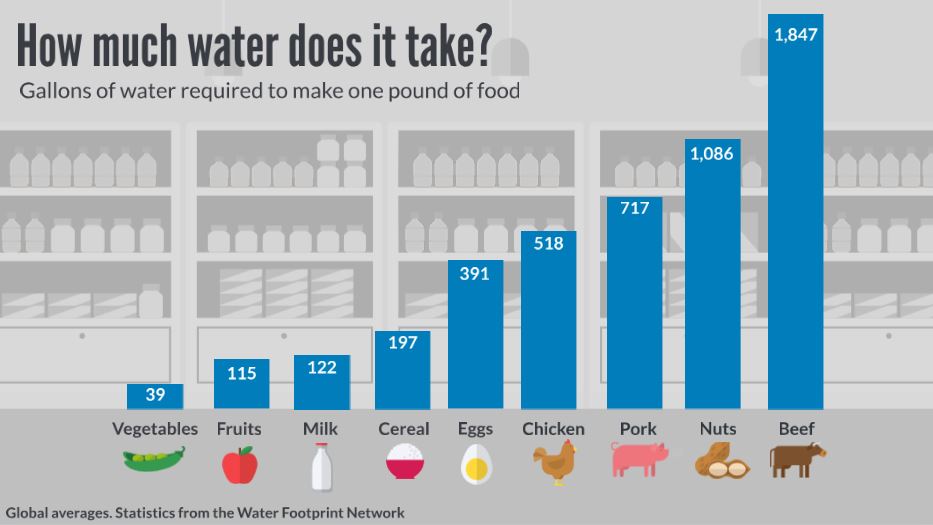
There are environmental benefits to reducing meat consumption, as well. Even something as seemingly small as a hamburger has a resource-intensive production process. A single pound of beef requires on average 1,800 gallons of water to produce. The vast majority of this water goes towards the production of food or maintenance of pastures that cattle consume over their lifetime. Additionally, data from the USDA Census of Agriculture shows that nearly 99% of US farmed animals live on factory farms, which have poor and crowded conditions that often give rise to infectious diseases and animal suffering. Given that American meat production is nearly 3x that of the global average, it is clear how reducing consumption of meat can benefit you, the environment, and animals.
One big concern that many individuals have is how to get enough protein when cutting out or reducing meat consumption from one’s diets. However, many plant foods are high in protein and it is definitely possible to satisfy your protein requirements (around 50 grams for a 150lb adult) by knowing what plant based foods are the best sources of protein. It might also surprise you that vegetables can have a lot of protein!
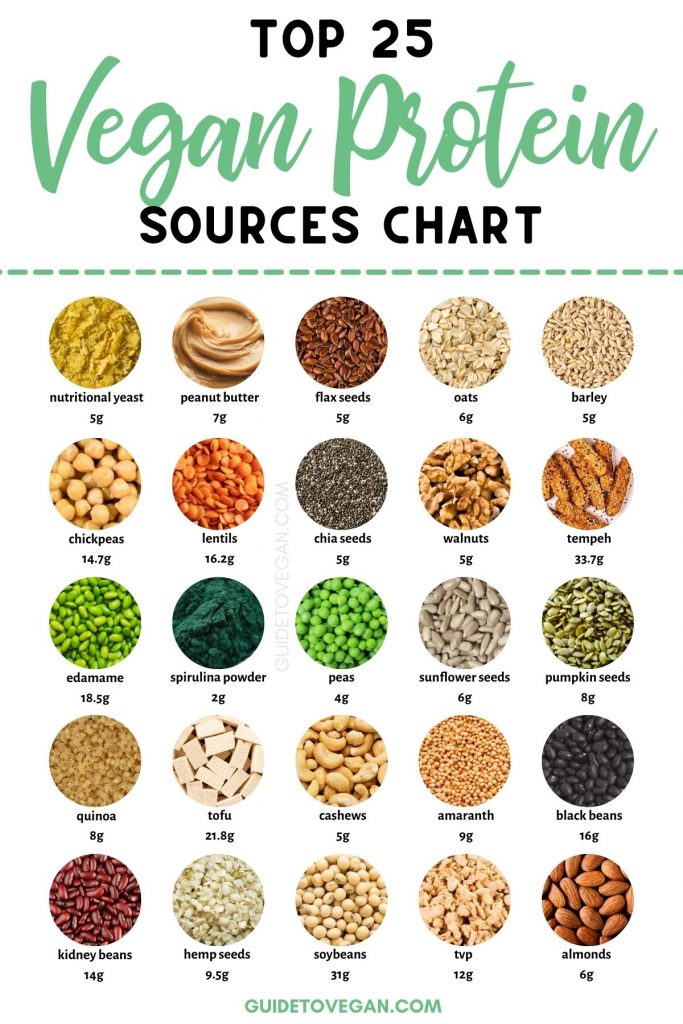
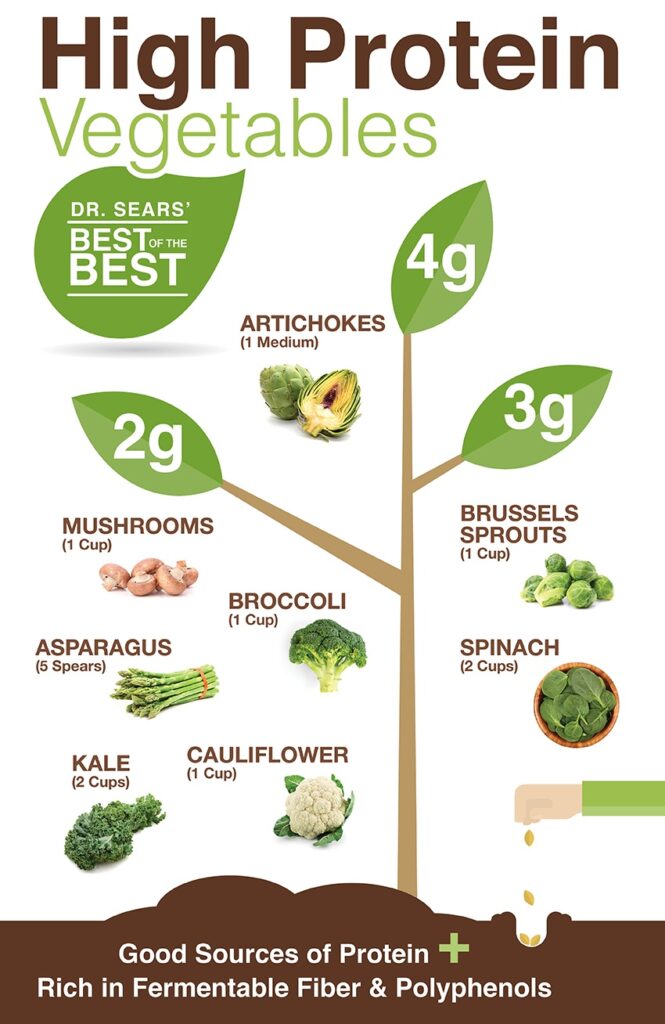
3. compost food waste
Composting food waste is an excellent way to reduce the amount of food that ends up in the trash, which will generate greenhouse gasses as it rots in a landfill. It is also an added bonus if you start your own compost pile, and can reap the benefits of nutrient rich humus to add to your garden after the breakdown process. Essentially, composting is all about creating the right ratio of nitrogen to carbon. Nitrogen rich material, or the greens (food scraps, grass clippings, kitchen waste, green leaves) should make up ⅓ of the compost pile while carbon rich matter, or browns (branches, dried leaves, coffee filters/grounds, egg shells, straw, woodchips) make up ⅔ of the pile.
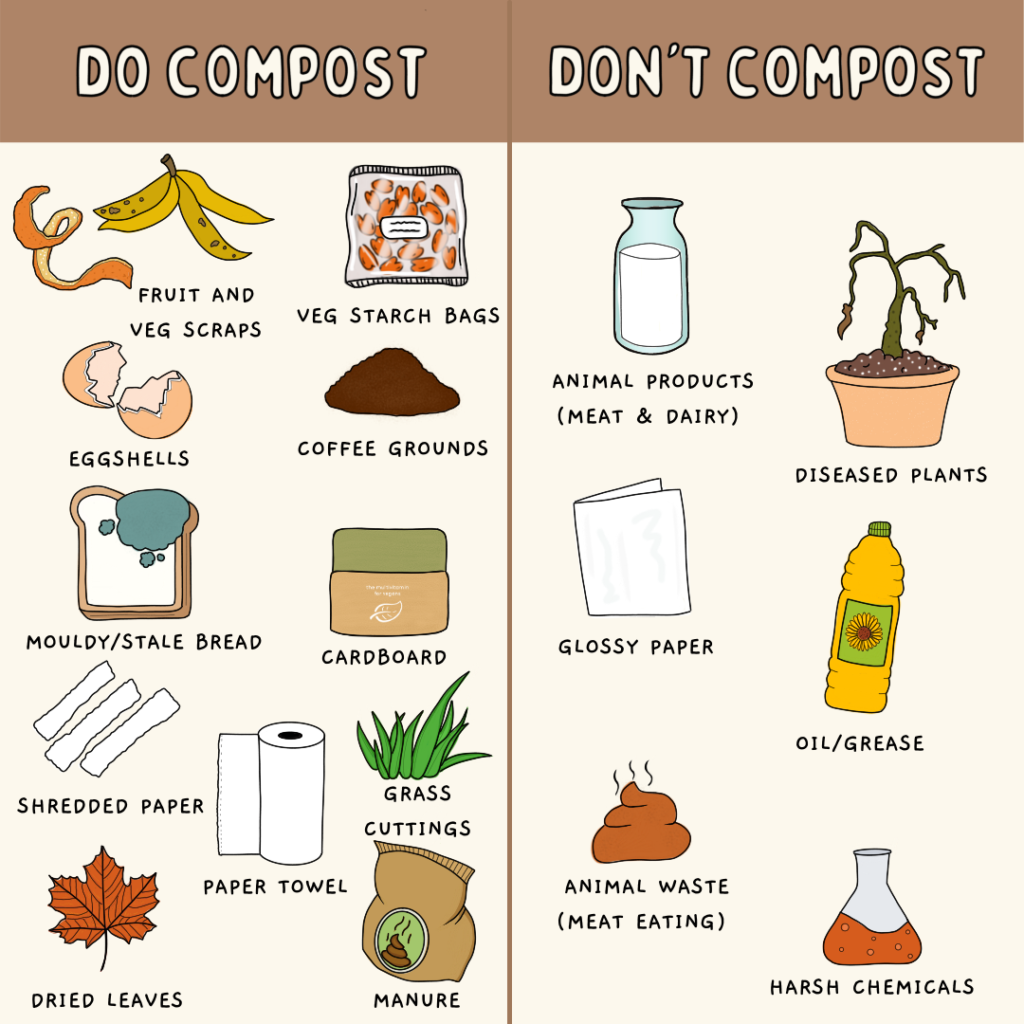
If you have a backyard and are willing to try composting, see these instructions for how to get it up and running. If you don’t have a backyard but you still want to try composting, you can try vermicomposting in your kitchen with just a shoebox, soil and some worms! If at home composting isn’t your thing, no worries, there are a few options where you can drop off food waste locally.
- The Prince George’s County Organics Composting Facility
- 6500 Old Crain Highway, Upper Marlboro, MD
- Curbside collection
- The Compost Crew
- Drop off location at 7301 Calhoun Pl #600, Derwood, MD 20855 starting at $10/month or residential pickup services $32/month
- Compost Cab
- Various free drop off locations around D.C. at farm markets
- DC residents can also check out this list of compost drop off locations in all 8 wards
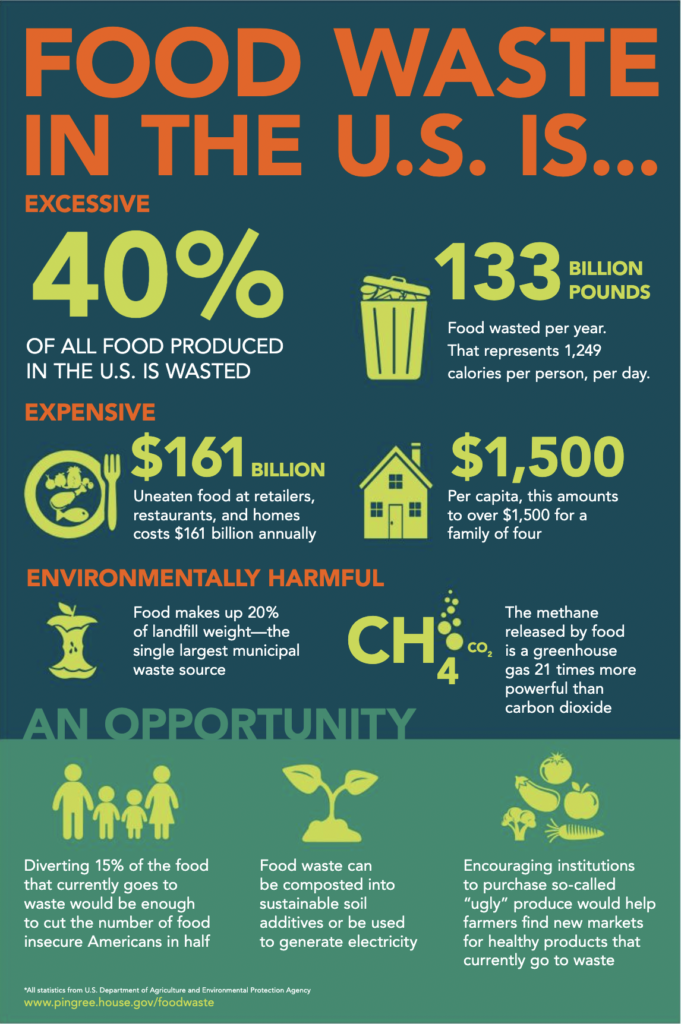
4. grocery shop with reusable bags
“A 2008 study by the D.C. Department of the Environment found that plastic bags made up 21 percent of the trash in the Anacostia River and more than 40 percent of the trash in its tributaries.
Plastic production has grown faster than any other material since the 1950’s, and every piece of plastic that has been produced still exists, and will exist, for at least another 500 years. Of more than 9 billion tonnes of plastic created in just over half a century, only 9% ended up being recycled while more than 78% ended up in landfills or scattered around the environment. It is also estimated that between 5 and 13 million metric tons of plastic ends up in our oceans each year alone. You can help reduce consumption of single use plastics in many ways, such as switching to reusable bags when you go grocery shopping. Reduce, reuse and recycle when possible!
Pro-tip: using bags made of canvas, cotton, or nylon will last longer and withstand more wear and tear than reusable bag made of polypropylene
Pro-tip: keep extra bags in your car so you never forget!
There is also a movement in the General Assembly to pass the Plastic Bag Reduction Act (HB0314/SB0223) — which would outlaw retailers from providing plastic bags to customers starting July 1, 2022. You can support this plastic ban by filling out this petition, which makes it easier for you to contact your local representatives about this issue. You can also call or email your representatives (visit mdelect.net and enter your address to look up your state representatives and their contact information).
